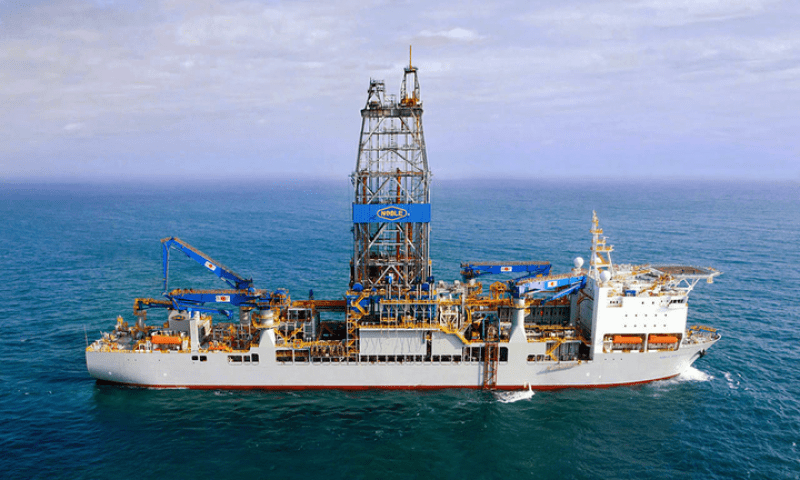For TotalEnergies’ Block 58 project, drill cuttings from the four wells near environmentally sensitive areas may be disposed of onshore in Guyana or Trinidad and Tobago. This is according to the environmental and social impact assessment submitted to Suriname’s environmental authority.
The project will follow three primary disposal methods: re-injection, offshore discharge, and onshore disposal. Drill cuttings are processed and treated to meet environmental standards.
Typically, offshore discharge will be used, with cuttings treated to ensure residual oil content remains below 6.9% dry weight, as per World Bank guidelines.
According to the ESIA, “…in the case of the Block 58 exploration wells, the average overall oil on cuttings (OOC) discharged was 3%. The drilling units for the development wells will be equipped with the same cuttings treatment technology and the average discharged OOC is expected to be below the World Bank Guidelines.”
For wells near sensitive areas, options include offshore discharge with strict oil content limits or onshore disposal if local facilities in Suriname are unavailable. In this case, facilities in Guyana or Trinidad and Tobago might be utilized.
Both countries have established offshore oil industries. Operations in Guyana are led by U.S. mega major ExxonMobil with three developments online currently.
The Block 58 project is expected to develop close to 700 million barrels of recoverable resources from two fields: Sapakara South and Krabdagu. A floating production, storage and offloading (FPSO) vessel with the capacity to produce 200,000 barrels per day (bpd) will be utilised, connected to subsea wells.
Drilling is expected to commence in the first quarter of 2026.



